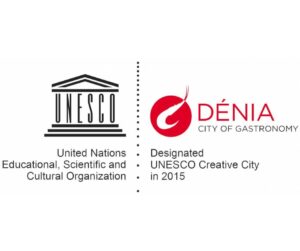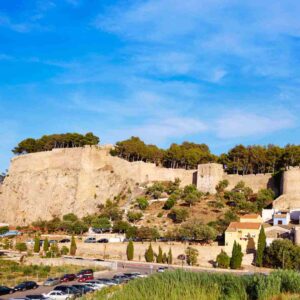Fallas in Denia: Everything about the Fallas of Denia 2025
The fallas in Dénia are much more than fire and art. The streets of Dénia are filled with life with the arrival of the fallas of 2024. Varied events show the vibrant essence of the city from the ignition in the casales to the end with the cremà.
These festivities are full of history, culture and union. Thus, the city is transformed into a feast of joy and color.
Key Conclusions
- Dénía’s fallas program for 2025begins with the inauguration of the casales on February 8 at 19:00 hours.
- A jury will visit the homes for the Casals Decora award on February 8 and 15. This event promotes decoration and the festive spirit.
- The ninots will be shown at an exhibition. The emotional reception will take place at the Casa de la Marquesa Valero in Palma. This event is scheduled for February 16.
- The Gala Fallera and the prize awards for the fallas will be important events in the fallas calendar.
- Solidarity also plays a role in the fallas, with a blood donation scheduled for March 6.
- The art of the fallas comes to life from March 11 to 16 with the plantà, where the fallas creations are erected.
- The cremà of the fallas of Dénia 2024 will be on March 19. This will be a fire show. The structures will be burned and the renovation will begin.
The Tradition of the Fallas and its Cultural Significance
The Fallas in Denia are intangible cultural heritage of UNESCO. They are a fundamental part of Valencian culture. They began with the custom of the carpenters to celebrate St. Joseph.
Over time, they went from being bonfires of old furniture to great works of art. Today, they are a mixture of art, culture and social criticism thanks to fallera craftsmanship. In Denia and its eleven districts, the festivity is lived with great enthusiasm. People strive to keep this cultural tradition alive.
- Since 1954, the Fallas of Denia are a space for creativity and satire. Monuments of papier-mâché and wood show visions of society.
- Each year, about 2,000 people actively participate in these festivities. They often continue after March 19, enriching the city’s culture.
- There is a competition between the Special and First sections. The districts seek to win awards from the fallas for their creativity and beauty, evaluated on March 17.
The Fallas in Denia attract not only for their parades or mascletàs. They do it more for the respect for Valencian history and traditions. Each monument and ceremony is a tribute to the innovative spirit of Dénia. Thus, Valencian culture is shown to the world.

Beginning of the Fallas Program: “La Plantà” and the Ninot Exhibition
The arrival of March brings the “Plantà” in Dénia, long awaited by all. This event initiates the festivities and changes the city with fallero monuments. From March 11 to 16, falleras commissions from falleros districts build sculptures that show criticism and tradition.
Plantà de Les Falles
La Plantà is a spectacle of art and skill. Each fallera commission turns polystyrene and wood into giant monuments. Spectators are moved by each figure that tells its own story.
Exhibition and Contest of the Ninot Indultats (Indultats Ninot)
Before installing the monuments, they are appreciated in the “Exposición del Ninot Indultat”. Each commission chooses a ninot to save from the flames in the Cremà. This exhibition opens in the Casa de la Marquesa Valero de Palma.
Here, the creativity of the commissions is admired and the pardoned ninot is chosen. The event is on February 18 and shows the humor and social criticism of these figures.
The ‘Plantà’ and the Exhibition are important events of the Fallas of Denia. They attract visitors from all over the world who want to experience this tradition. The celebrations continue until March 19, filling the city with Fallas festivities.
Fallas in Denia: The Capital City Begins to Celebrate
In Denia, the fallas in Denia are lived in a special way. They have become one of the most awaited festivities in Denia. The city is filled with music, art and creativity. This attracts many people, from locals to tourists.
The ‘Plantà’ initiates the Fallas events. In this act, impressive monuments are erected in the streets. These are of social criticism and temporary art.
They capture the eyes and hearts of those who pass by. This is how the festivities begin, showcasing local talent.
- Music is essential, with bands everywhere.
- The art is seen in every falla, ninot and the lights that decorate.
- Creativity shines in the innovative designs of the fallas.
The festivities of Denia transform the city. It becomes a space where traditions and joy are celebrated. Everyone, visitors and locals alike, discover new shows, flavors and sounds.
Fallas events are a feast for the eyes and the soul. They are also a chance to learn about the history and customs of Valencia. Denia thus becomes the heart of the Fallas.
Central Acts of the Fallas of Denia 2024: Parades and Tributes
The Fallas in Denia pay a special tribute to the major falleras and the children’s falla. It is celebrated on March 18 and 19. The city is filled with parades. These events enhance the culture.
Honor to the Falleras Mayores de Dénia (Major Falleras of Dénia)
The homage to the falleras mayores takes place in the Plaza de la Constitución. Here an emotional ceremony is held. This tribute shows their effort. It also brings the falleras communities closer together.
- Proclamation and delivery of bands: It is a key moment for the falleras.
- Thank you speeches: The falleras and authorities express their gratitude.
- Visits to other important festivals in Spain are part of his role.
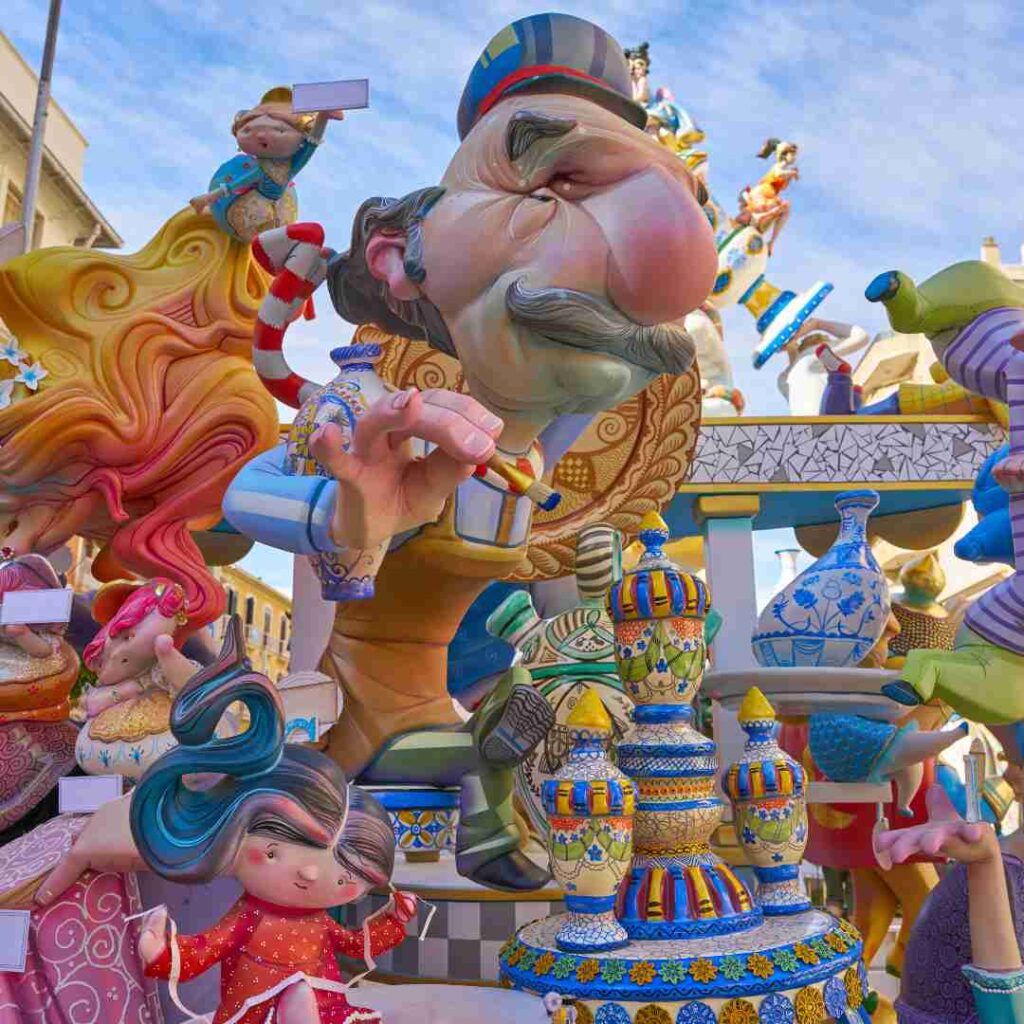
Traditional Parades and Floral Offering
The parades show color and music. The fallera commissions and the local fallera board participate with pride. The most special moment is the floral offering to the Virgen de los Desamparados.
A mantle of flowers is created for the virgin. The falleros and falleras, including the fallera of Dénia, participate.
- They start at historical sites and end at the cathedral.
- Children and adults join in, wearing traditional costumes.
- During the offering, flowers are laid creating an impressive scene.
These acts are essential to feel the fallera tradition. Unity is lived in Denia. The celebration begins on March 6.
El Pulsar de la Fiesta: Mascletás, Prizes and Verbena
Excitement is in the air when Denia enters into its fallera tradition. This time is filled with the sound and vibration of the mascletás. These events unite the city with pride and communal spirit.
The Exciting Mascletás
Imagine the rumbling in the streets with each explosion of gunpowder. Not only do you feel the power, but also a shared joy. The fallera tradition is enriched by these displays, attracting people from all over.
Gala Nights and Awards Ceremony
In the evening, the city celebrates with award ceremonies. Those who put a lot of effort into their works are honored. This event highlights creativity, dedication to the fallera tradition and strengthens the bonds between neighbors.
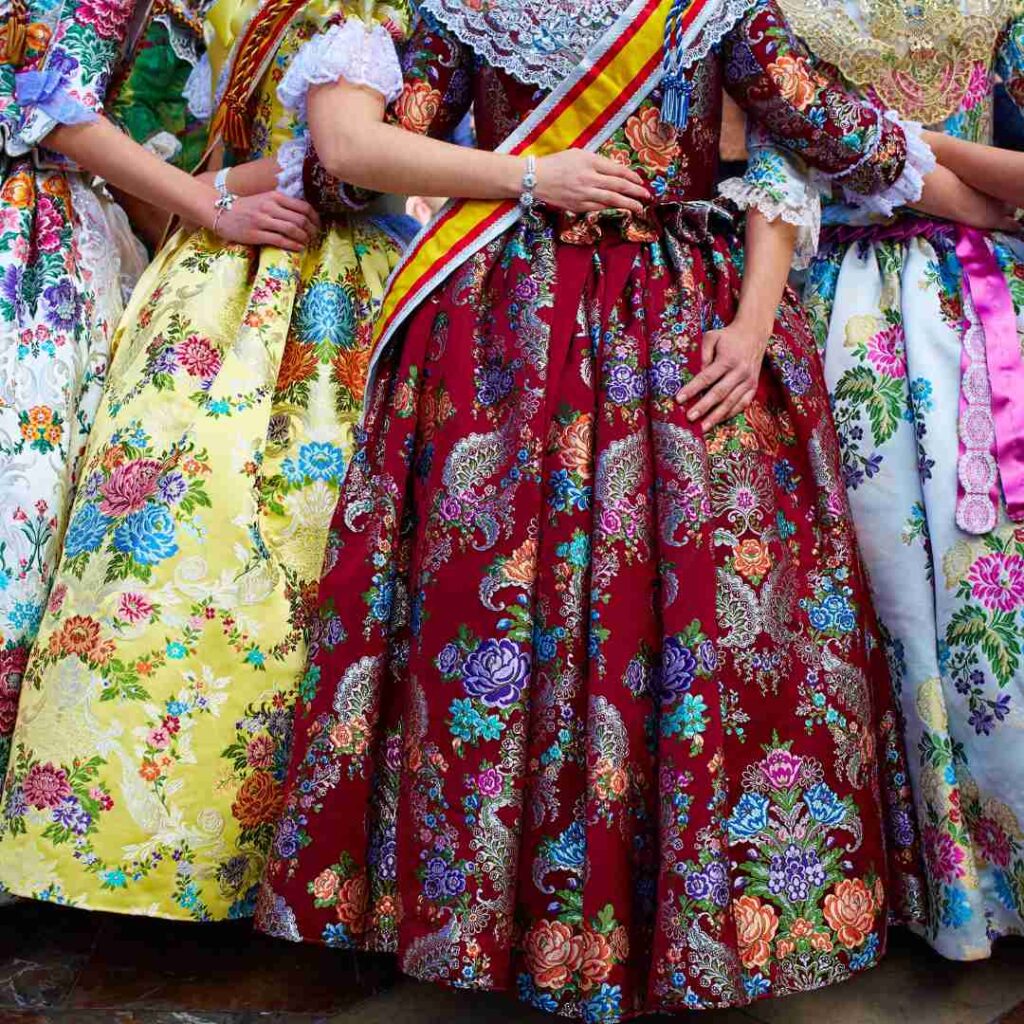
The Vibrant Verbena Fallera
The verbena fills the streets of Denia with music and dance. It is the perfect end to each day of celebration. The verbena fallera mixes joy and tradition, leaving indelible memories.
March 19 La Cremà: The Fire Spectacle
The cremà, closing of the Fallas in Dénia, is an act full of fire. It symbolizes purification and renewal for the community. It takes place every March 19, St. Joseph’s Day. It attracts people to see how the fire consumes the sculptures.
The cremà begins with the fallas for children. It gives the youngsters to experience the end of the festivities in a safe way. In the evening, the big fallas burn one by one. The winner of the special category is among the last to burn.
- In Dénia, the fallas burn one after another, creating a fascinating domino effect.
- This year, there may be challenges, such as rain. This could change the cremà schedules for safety.
- Despite the challenges, the passion of the falleros remains strong. They celebrate this tradition that brings people together.
The fire show marks the end and a rebirth. Each burning falla anticipates new projects for next year. The cremà reflects the history and culture of Dénia.
Every March 19th is not only the end of the Fallas. It also starts a new spring for the city.
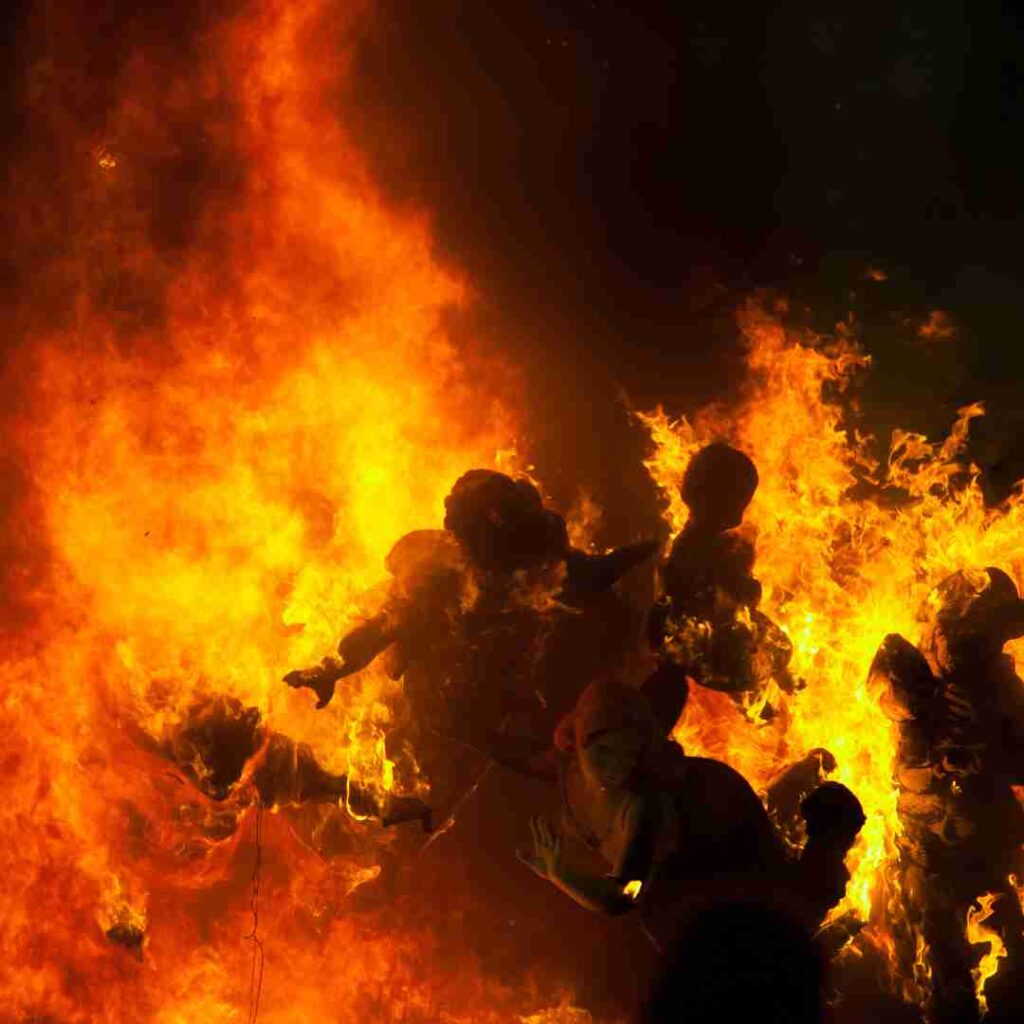
Social and Economic Impact of the Fallas of Denia
Las Fallas in Denia are more than a party. They are key in economic impact and social impact. They help tourism in Denia and the local economy.
These holidays make the economy shine. They generate sales of 732 million euros. In addition, they create 6,500 jobs. It is a great economic boost for the city.
- Falleros and falleras spend a lot, helping local sales.
- Tourists also contribute a lot, improving tourism in Denia.
- Public investment yields gigantic benefits in terms of employment and sales.
The Fallas in Denia unite the community. A 4.3% of the population of Denia participates. This creates unity and pride in the city.
This great event also attracts many tourists. They come from different places. This benefits the economy and the society of Denia.
In short, the Fallas in Denia are art and tradition. But they are also very important for Denia. They help its economy and its people every year.
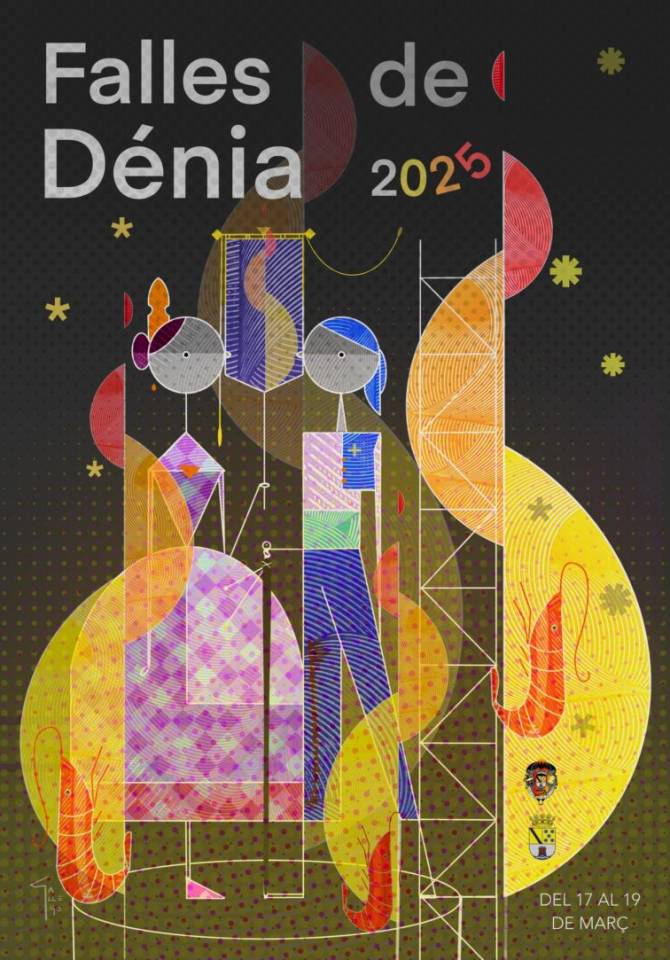
Conclusion
The Fallas in Dénia have more than 80 years of history. From 1937 to Dénia 2024, they show the local culture. They are more than events. They are experiences that show and renew the heritage of the community.
The fallas include unique sculptures. They draw about 500 falleros in each commission. In this way, they keep Valencian traditions alive.
The Fallas in Denia have a great impact on Denia. They attract thousands of tourists every year. People come for the colorful parades and the exciting Cremà. There are 70 participants in each falla.
Some have large budgets of more than 100,000 euros. These festivals celebrate creativity and social criticism. They also bring the community together and help the economy.
In 2016, UNESCO recognized the Fallas as Intangible Cultural Heritage. This honor placed them in an important place worldwide. Now they attract even more visitors from all over the world.
Denia prepares to continue this tradition. The Fallas is a festival that continues to grow. They continue to be important for local people and visitors.
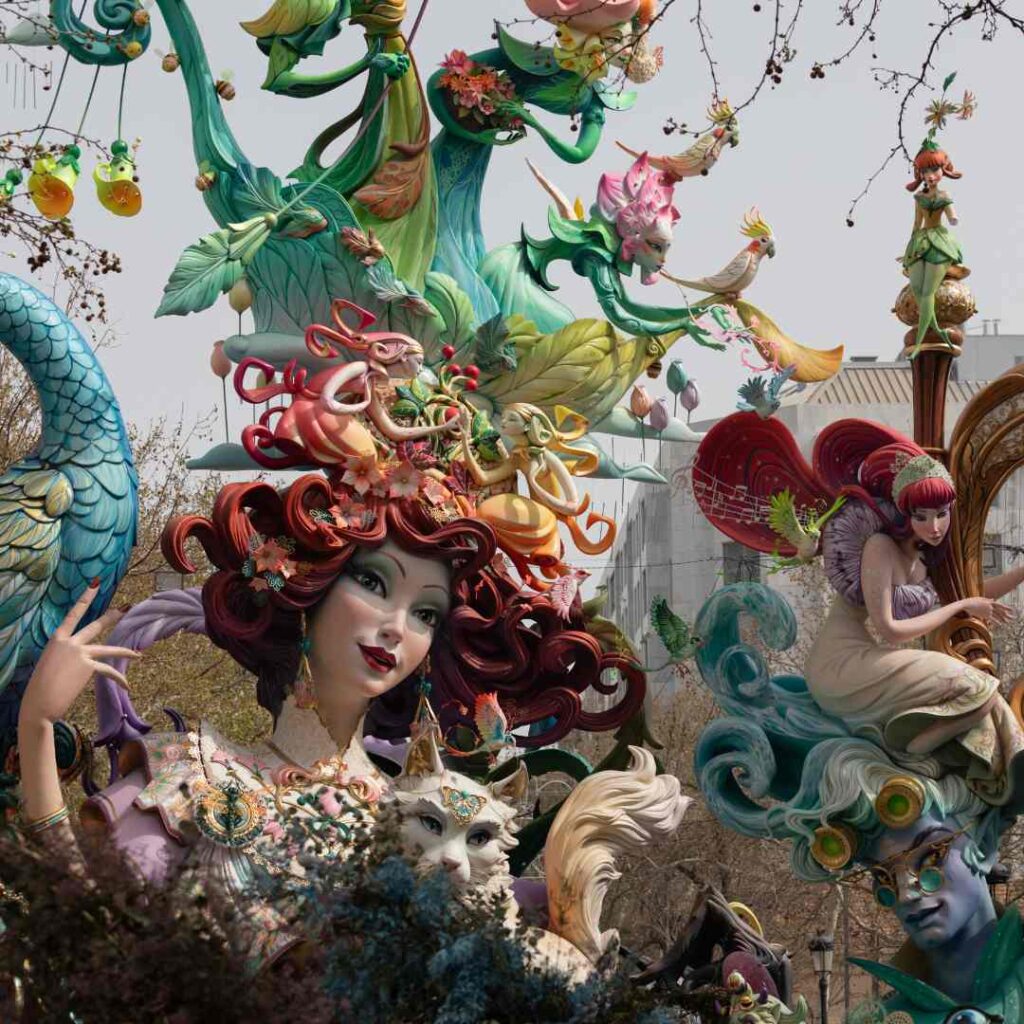
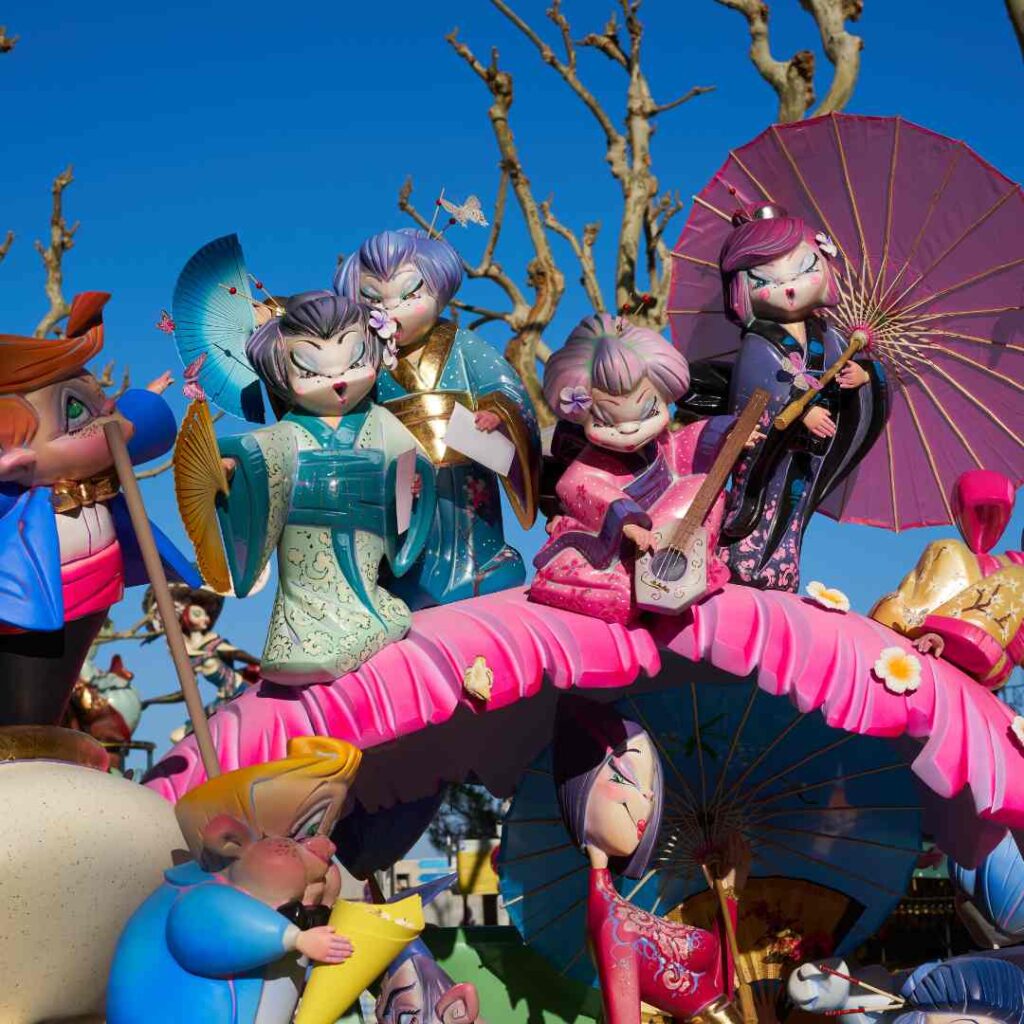
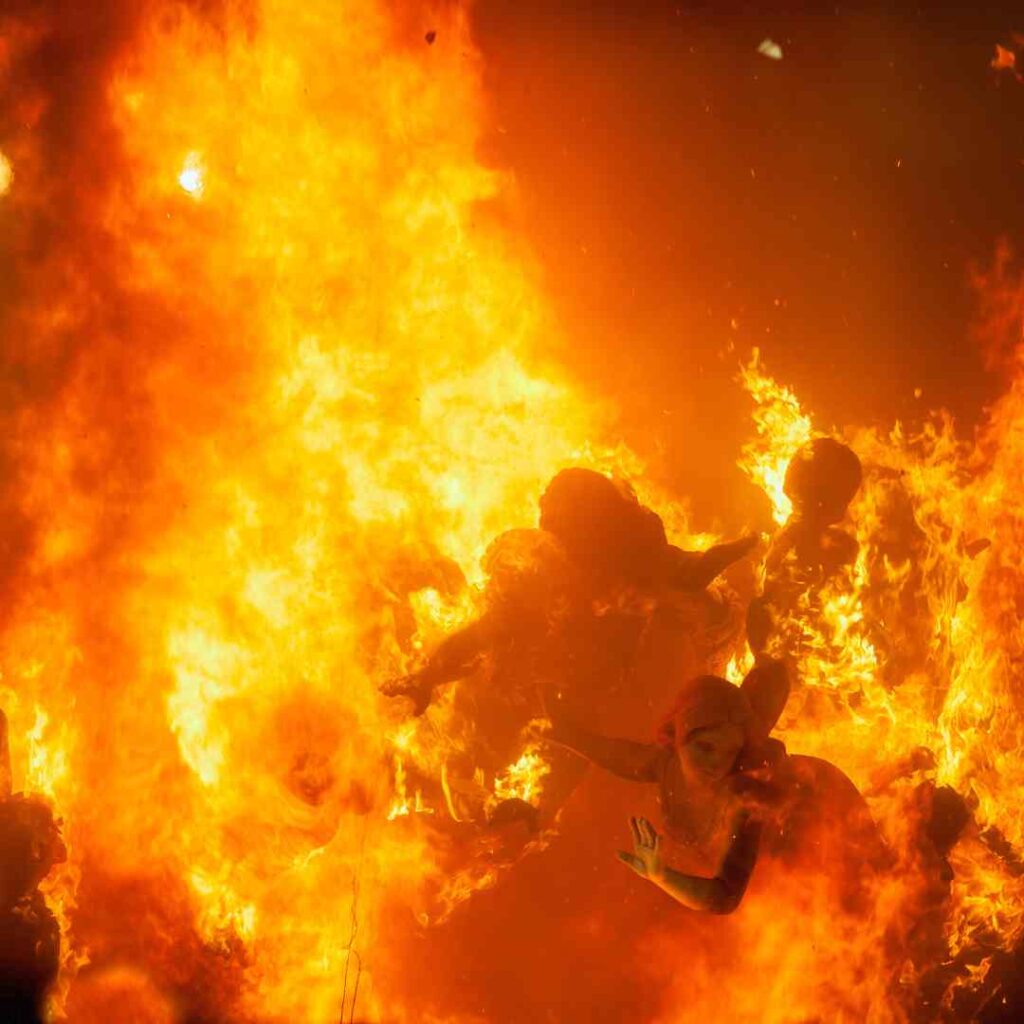

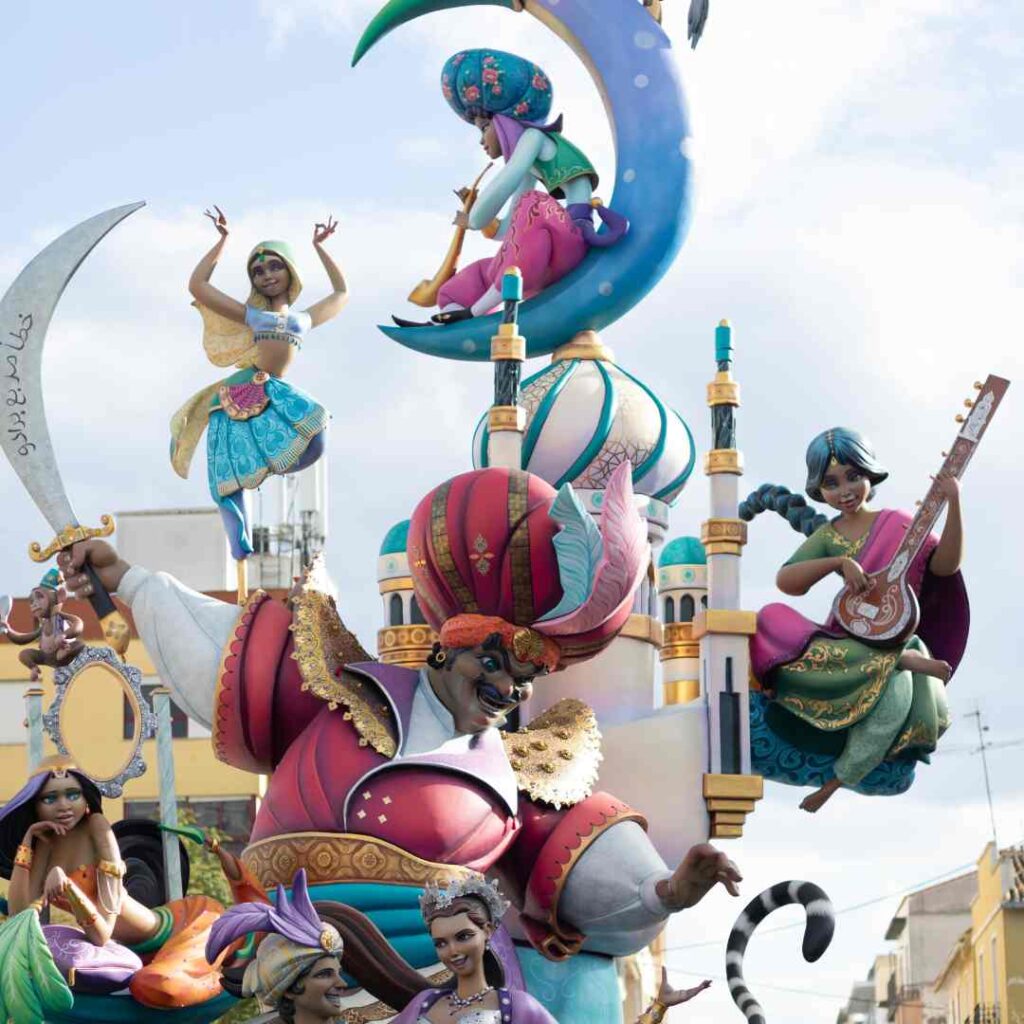
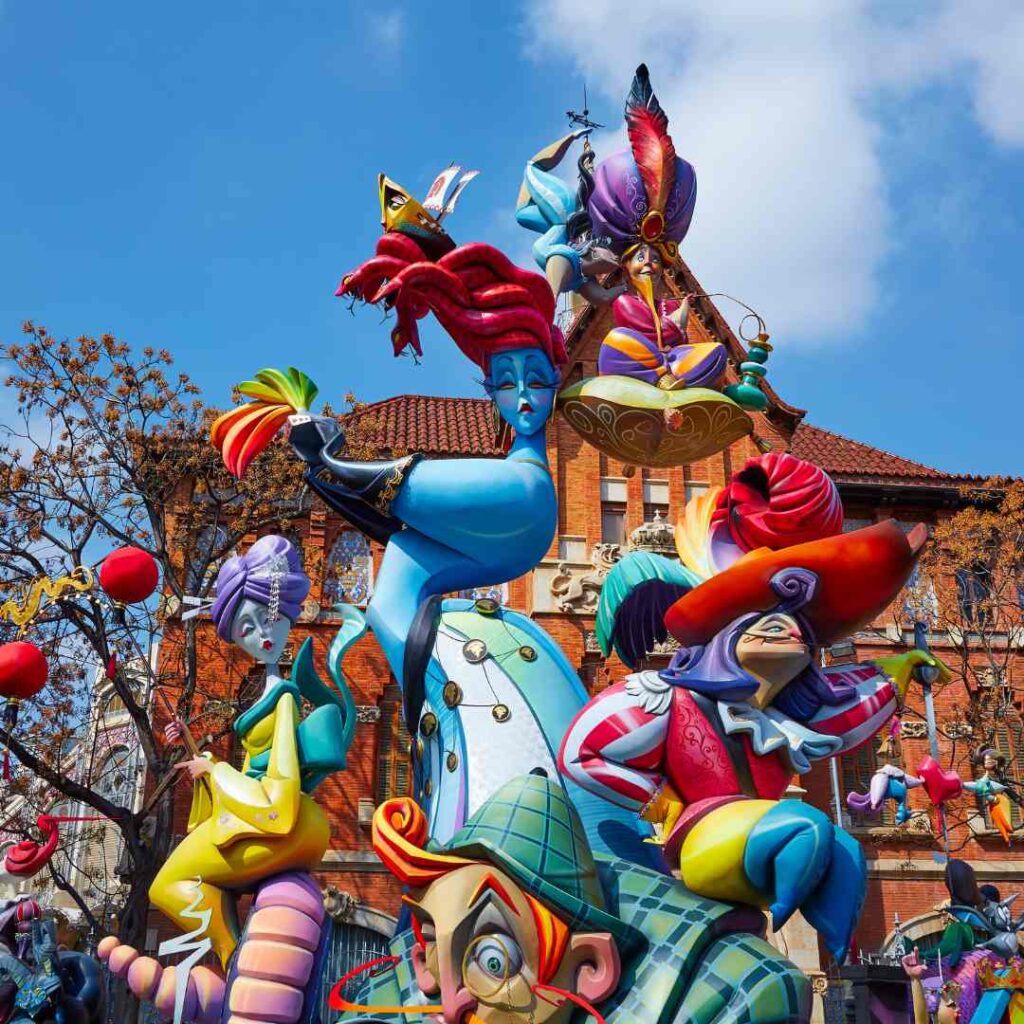
FAQ
What are the dates and times of the program of the Fallas in Denia 2025?
The Fallas in Denia are celebrated from February 8 to March 19. The “Plantà” begins on March 11. Everything culminates with the “cremà” on March 19.
What do the Fallas mean for Valencian culture?
The Fallas in Denia are very important for the Valencian culture. They are Intangible Cultural Heritage of Humanity. They celebrate the arrival of spring and honor Saint Joseph, using art and social criticism.
What is the “Plantà” and when does it take place?
The “Plantà” is when the Fallas monuments are erected in Denia. It takes place from March 11 to 16. This is the beginning of the festivity.
Where can I see the Ninot Exhibition and what does it represent?
Visit the Ninot Exhibition at the Casa de la Marquesa Valero de Palma. It shows the ingenuity of the falleras commissions, choosing ninots to save from burning.
How are the Falleras Mayores de Dénia honored during the Fallas?
The Falleras Mayores of Denia have official tributes. They visit falleras areas and the Plaza de la Constitución. They promote the traditions.
What are the mascletás and what is their importance in the Fallas?
Mascletás are daytime fireworks that sound loud. They are done daily in the Fallas. They bring everyone together with their noise.
What are the gala evenings and awards ceremony?
Gala nights are elegant parties for falleros. During the awards ceremony, the best fallas and the “fallero ejemplar” are celebrated.
What is the verbena fallera?
The verbena fallera is a night party. It is celebrated in the streets of Denia with music and dancing, being an important part of the Fallas.
What happens during the “Cremà” and what does it symbolize?
The “Cremà” is the burning of monuments on March 19. It symbolizes renewal and the end of the festivities. The fire purifies the festival.
What is the impact of the Fallas in Denia at a social and economic level?
The Fallas in Dénia have a great social and economic impact on Dénia. They increase tourism and commercial activity. In addition, they strengthen the local culture.


